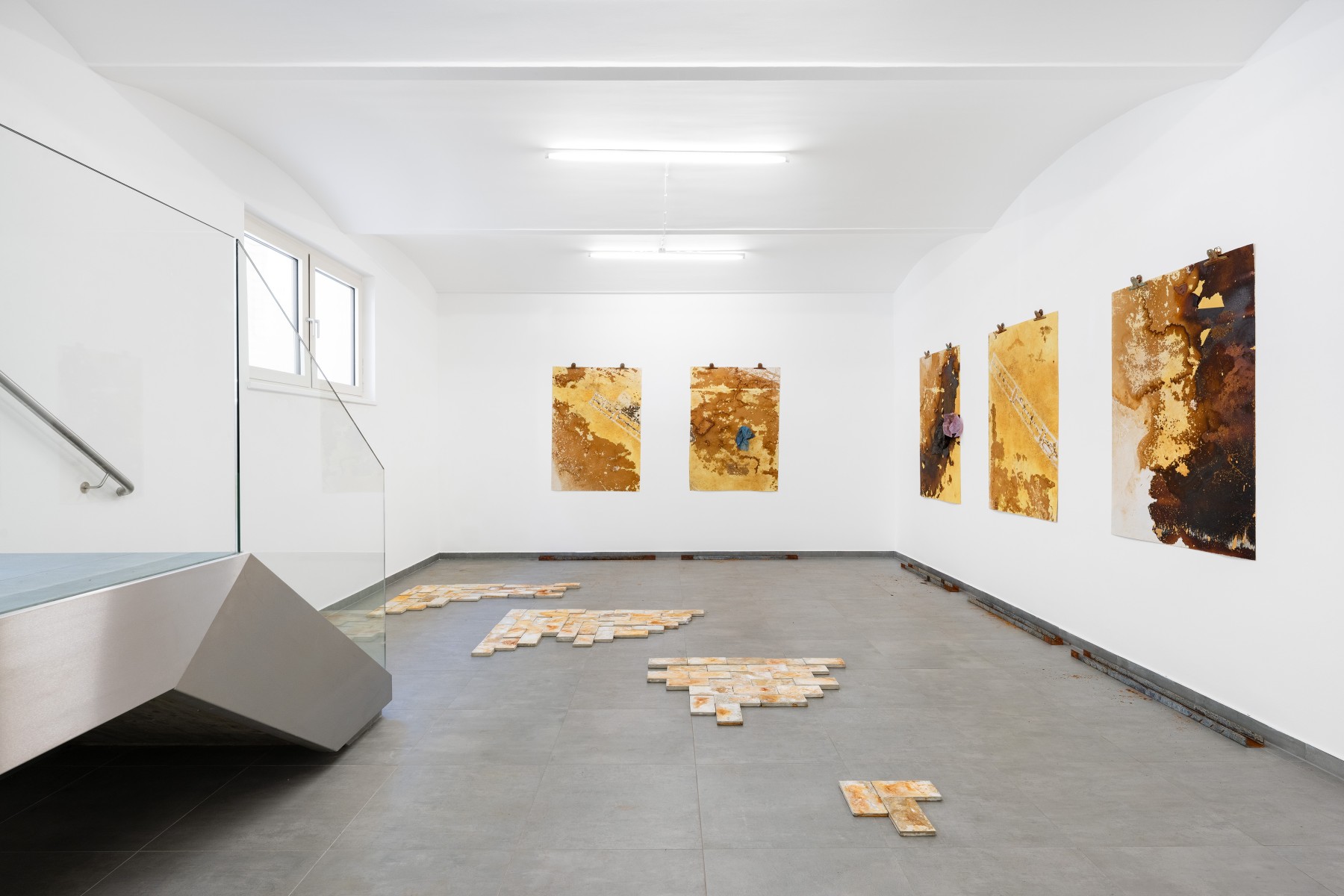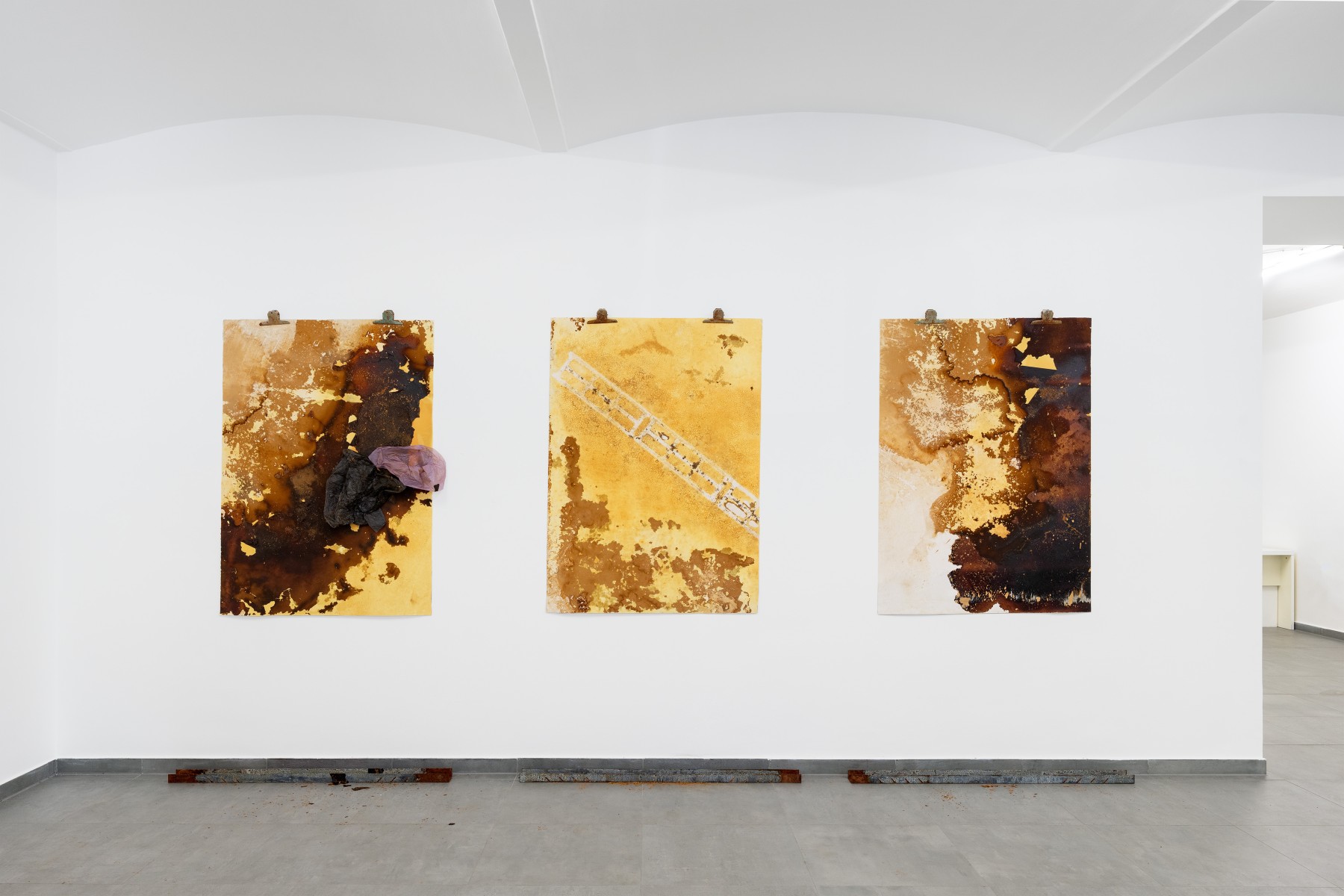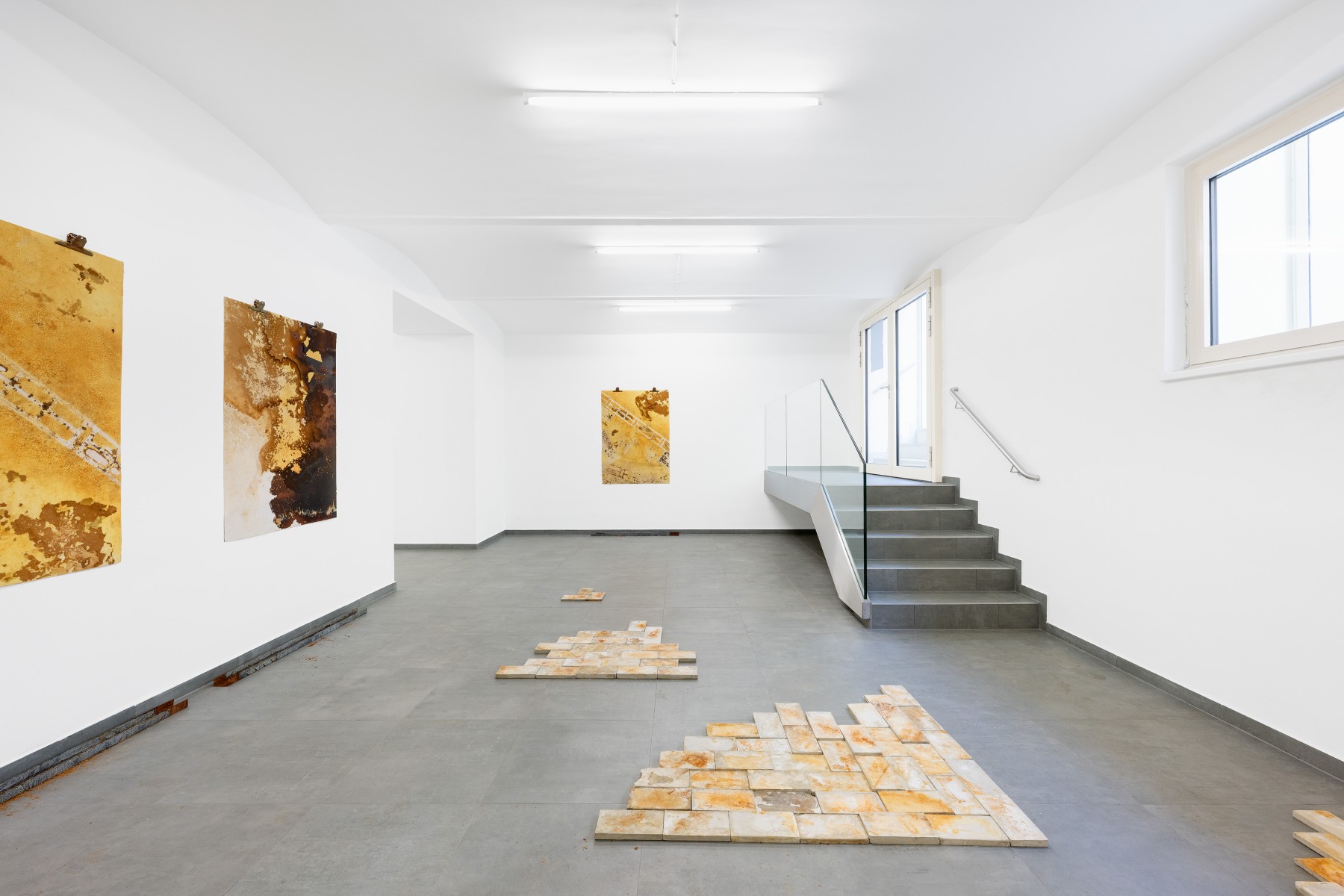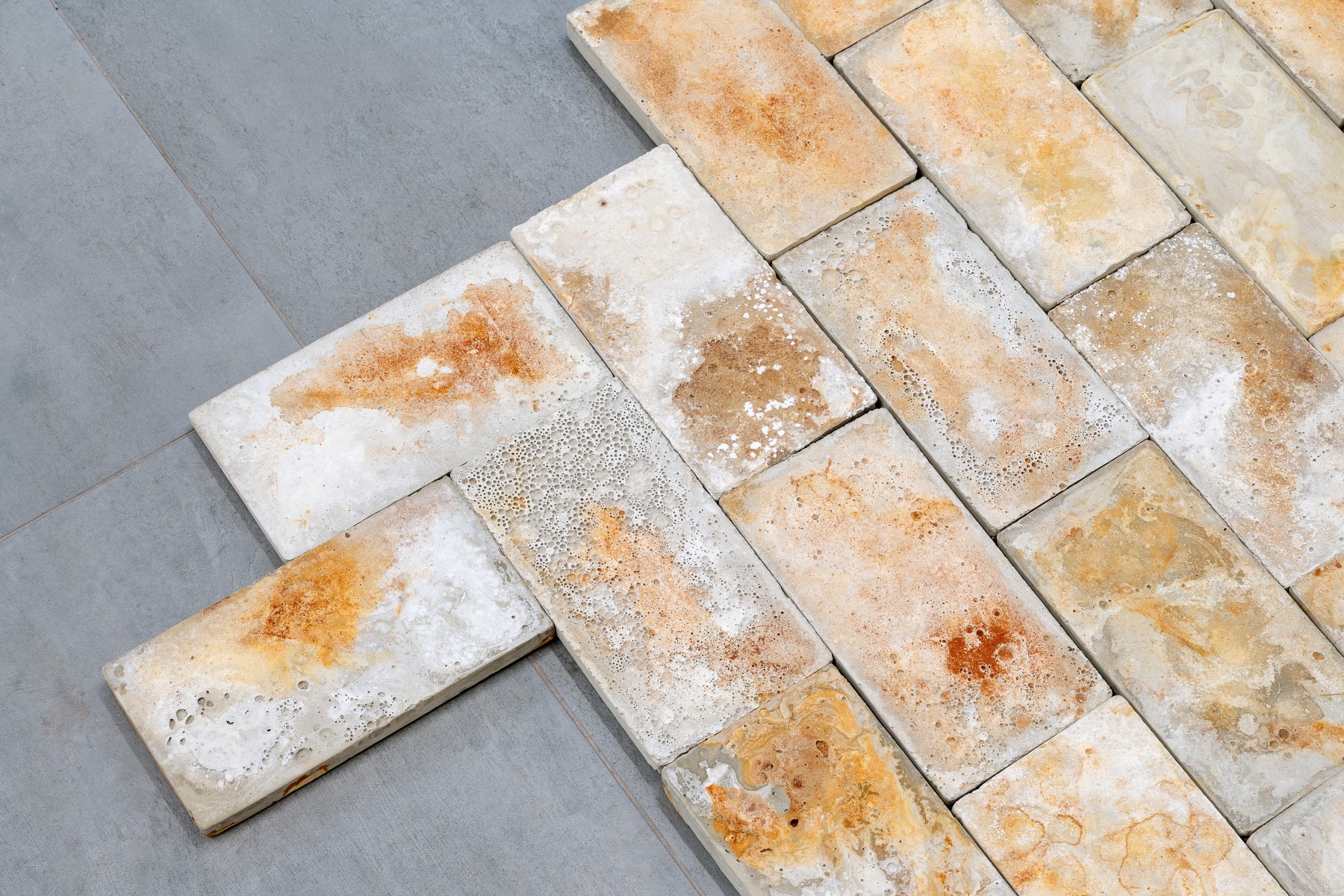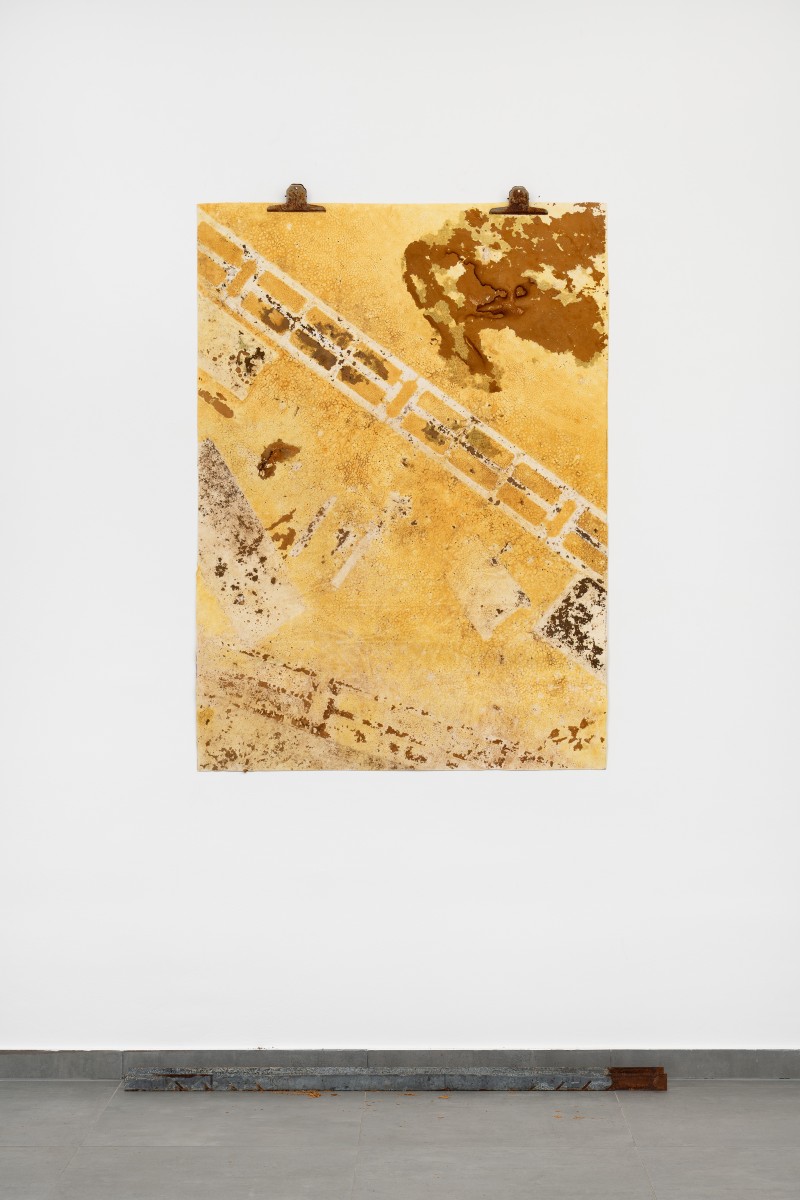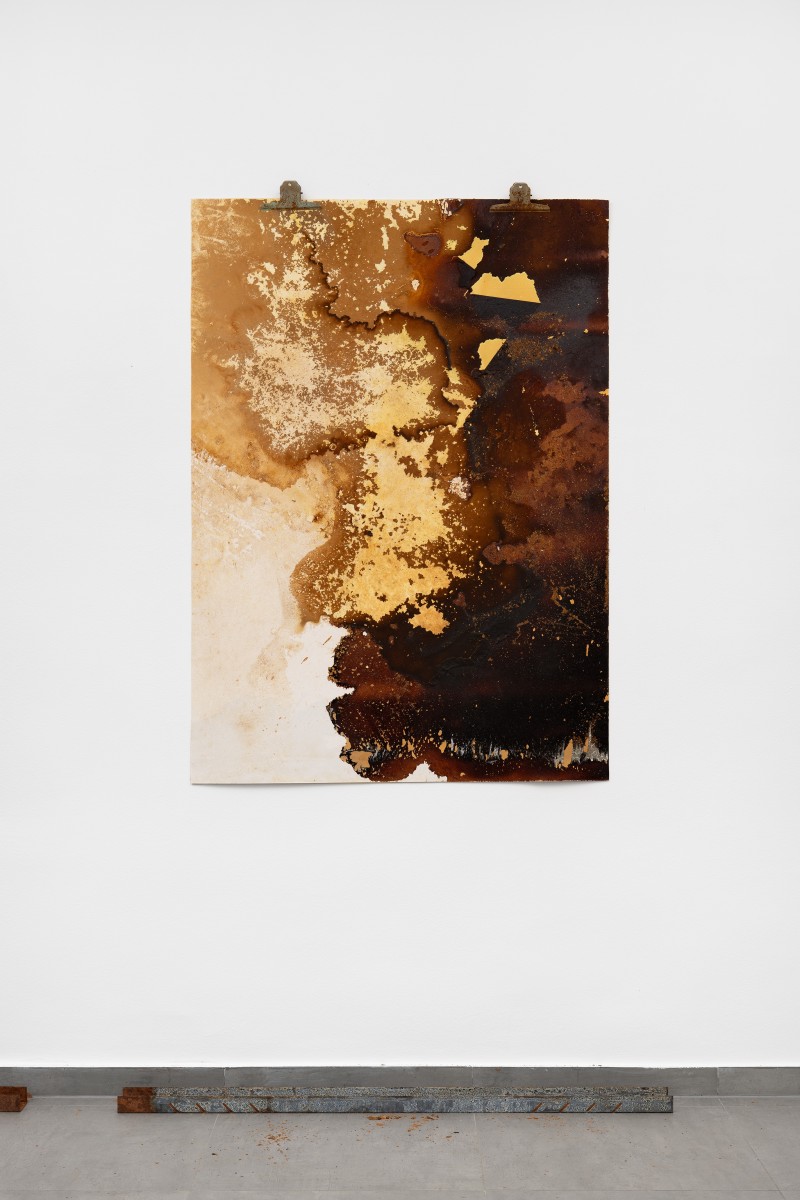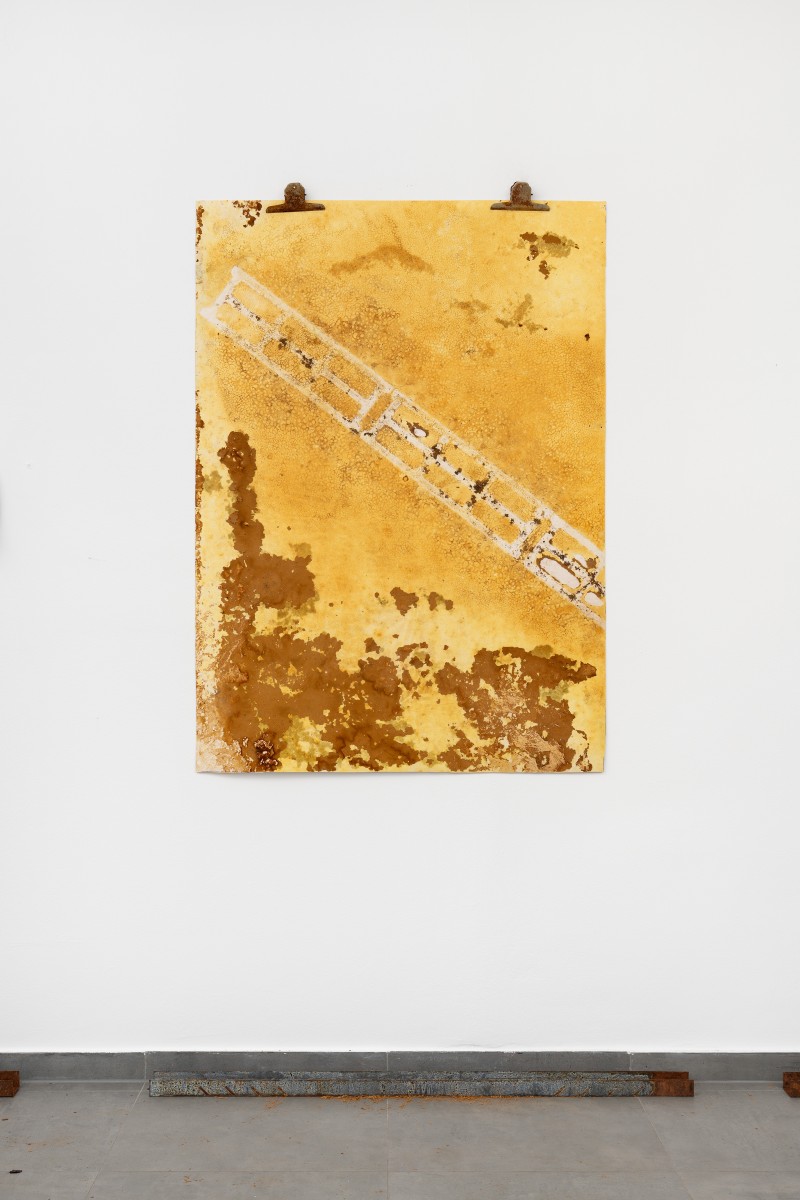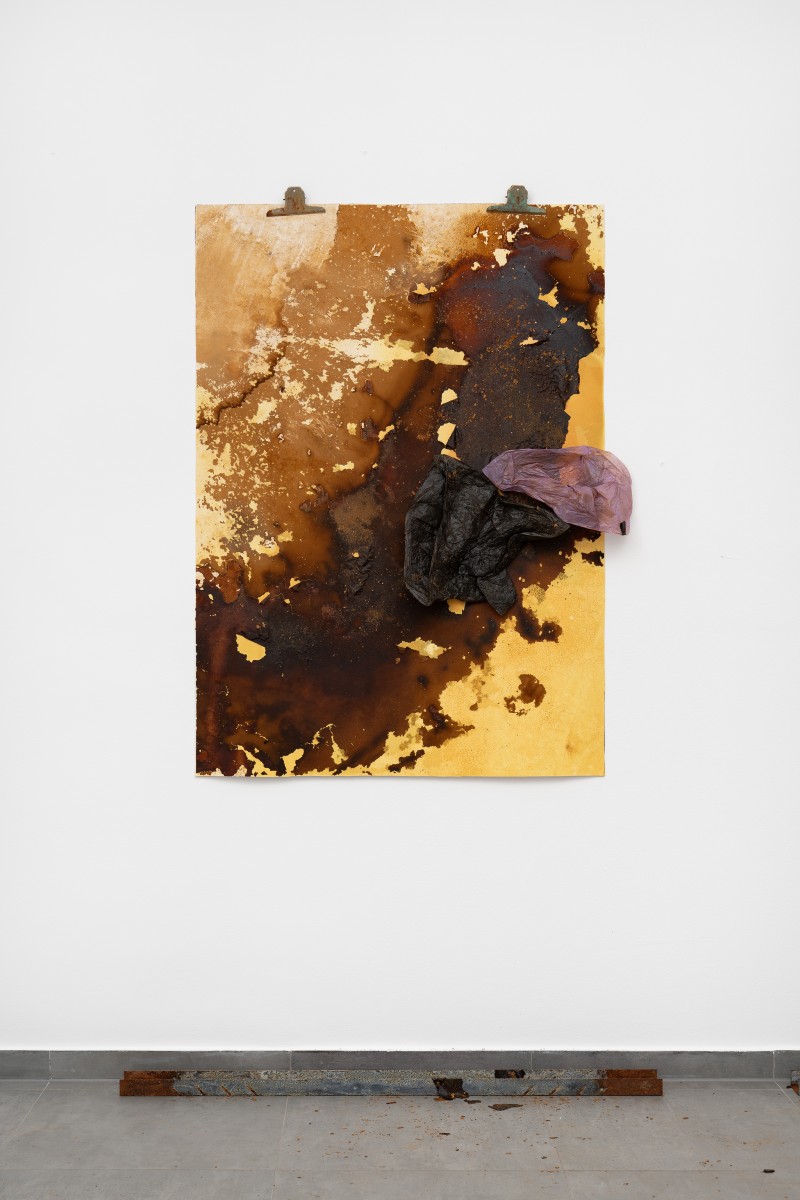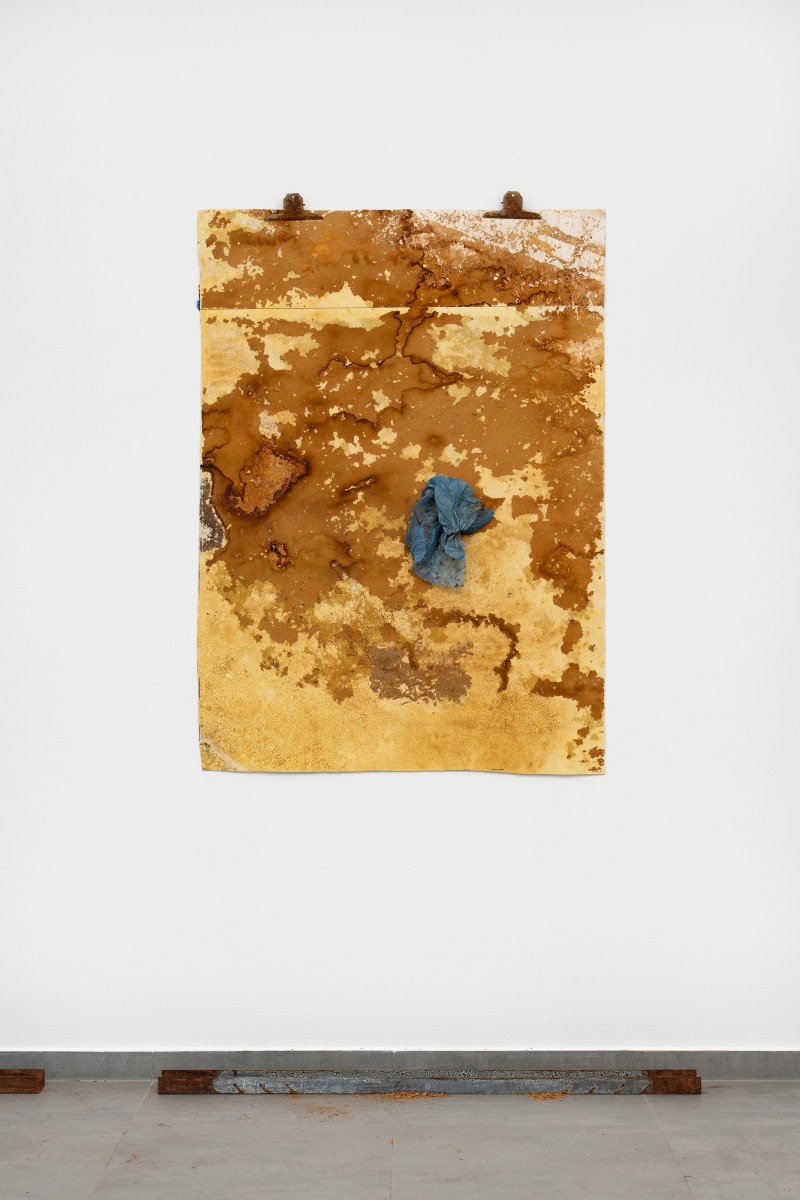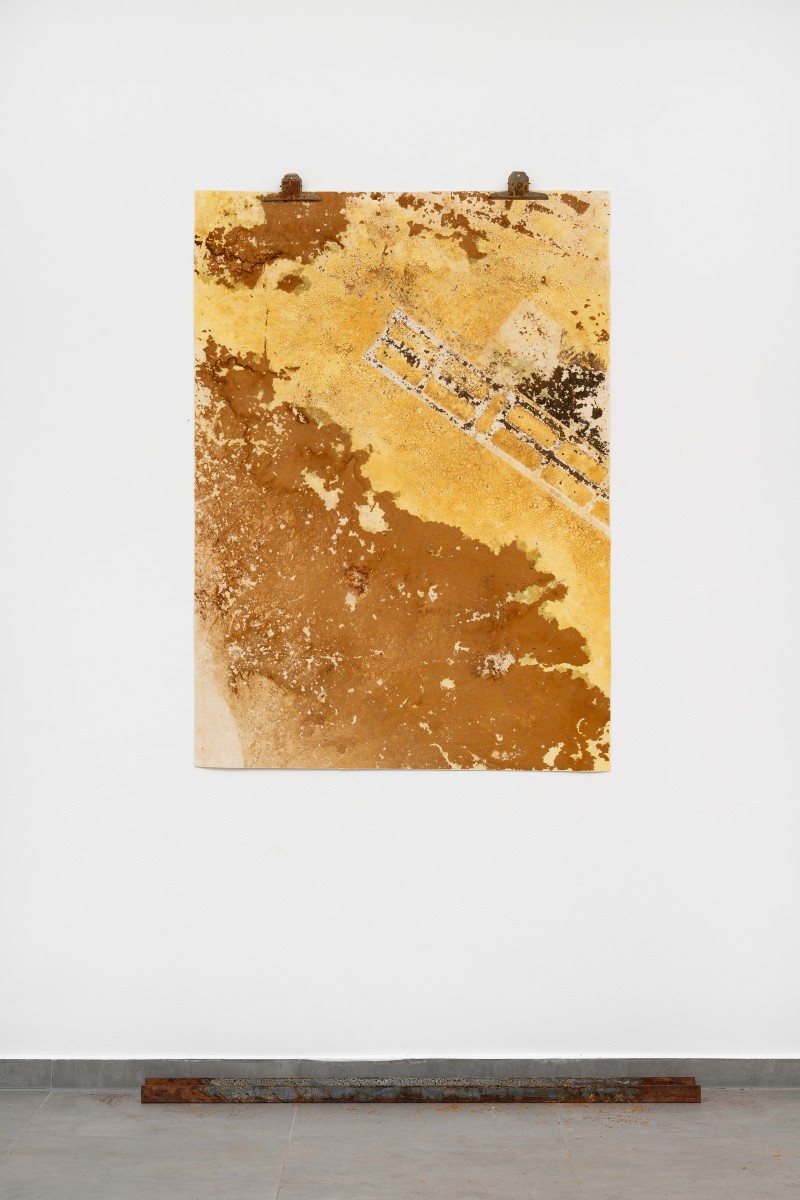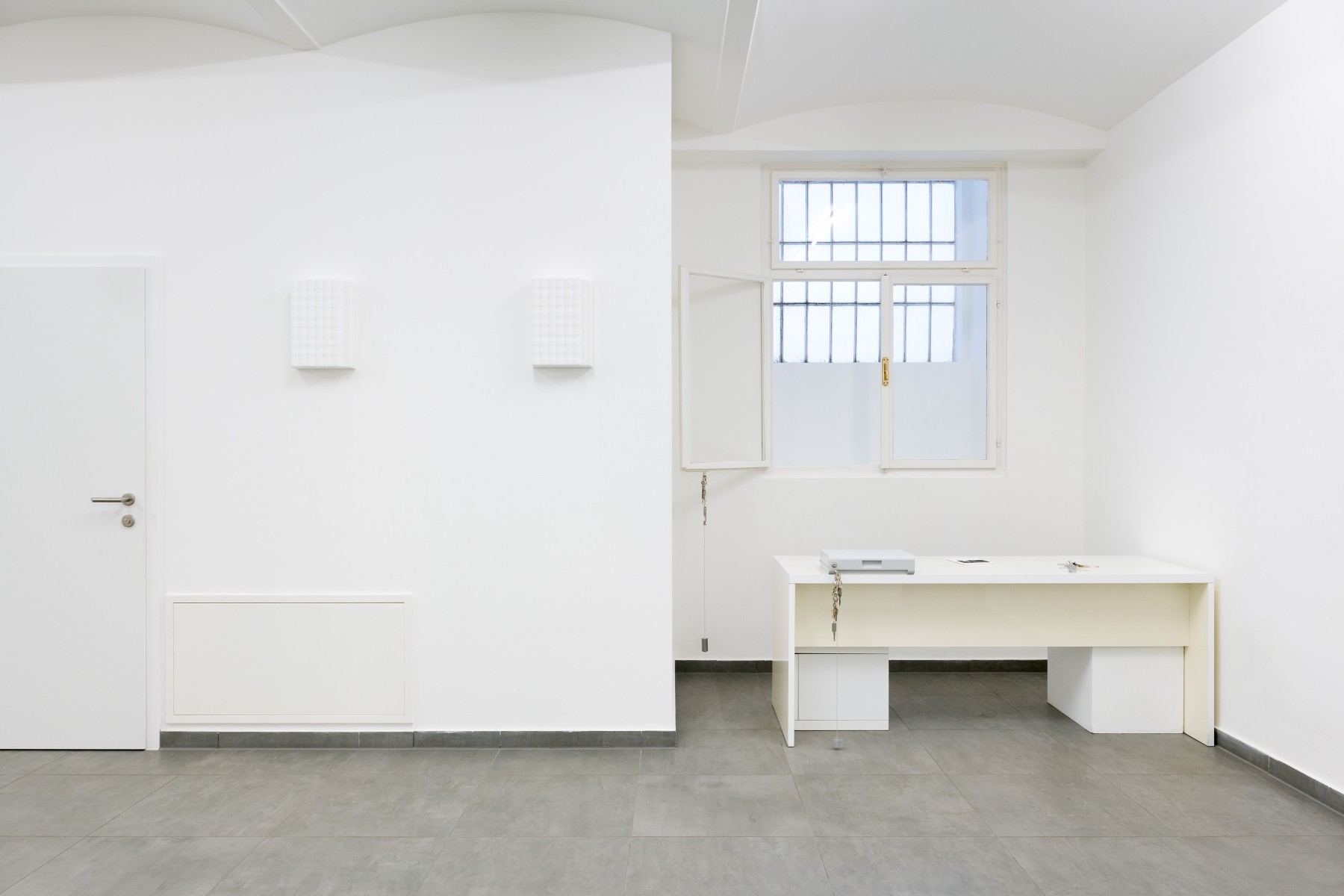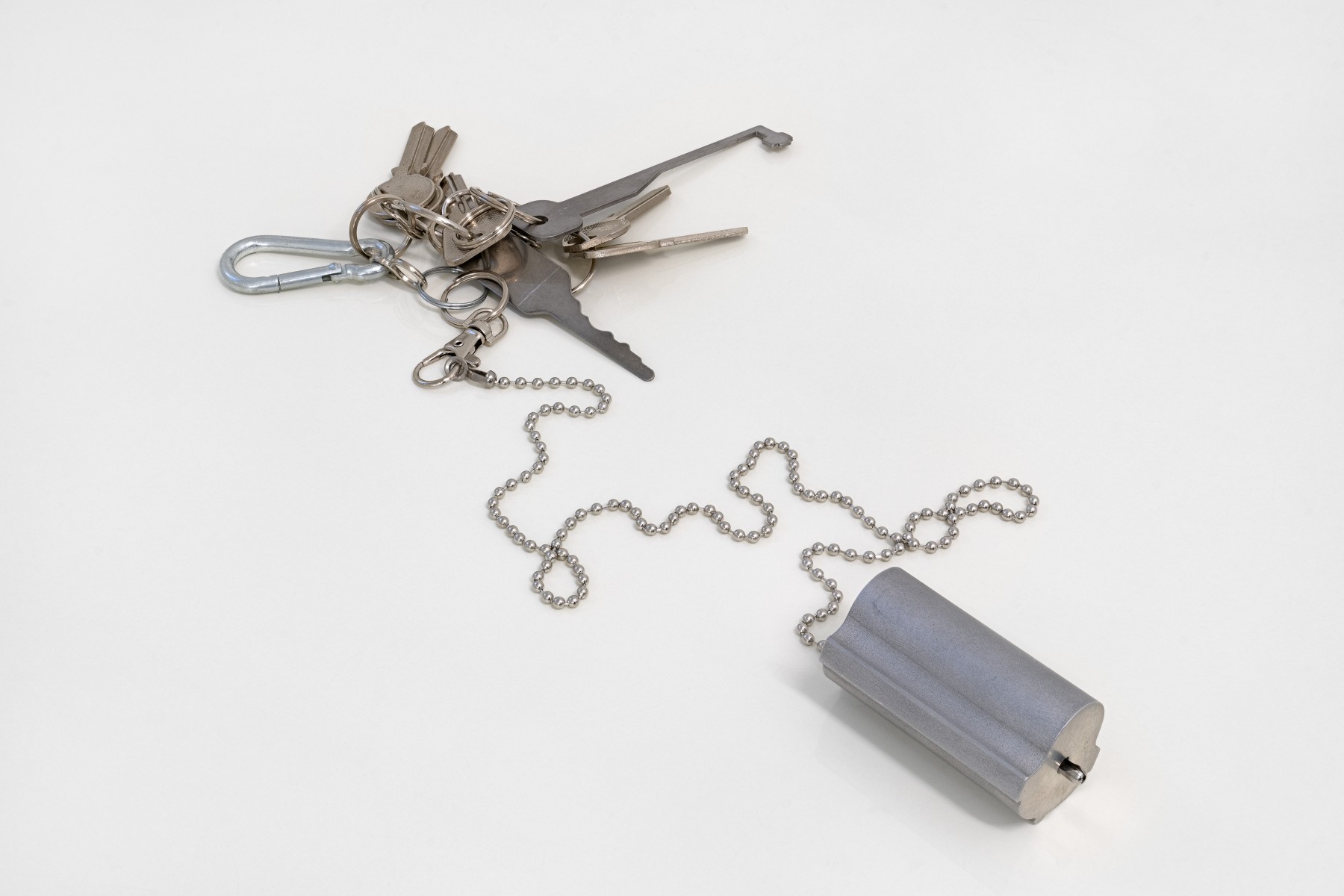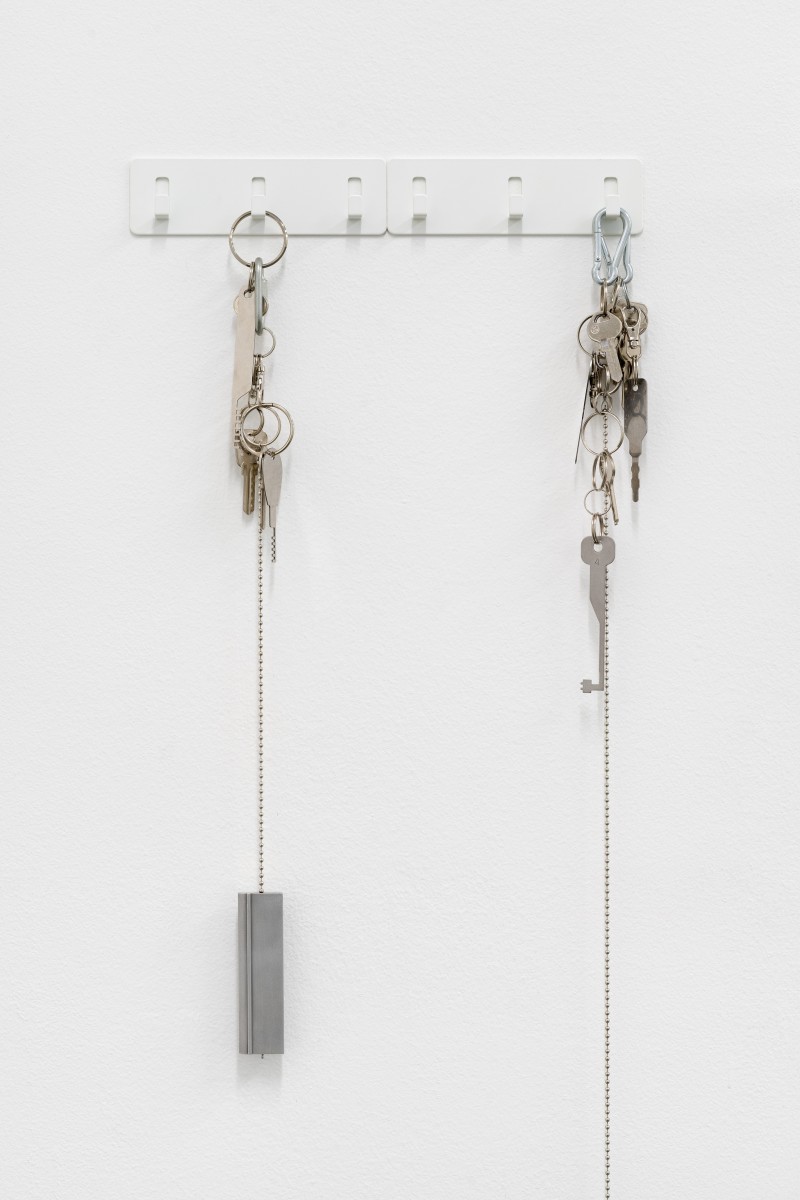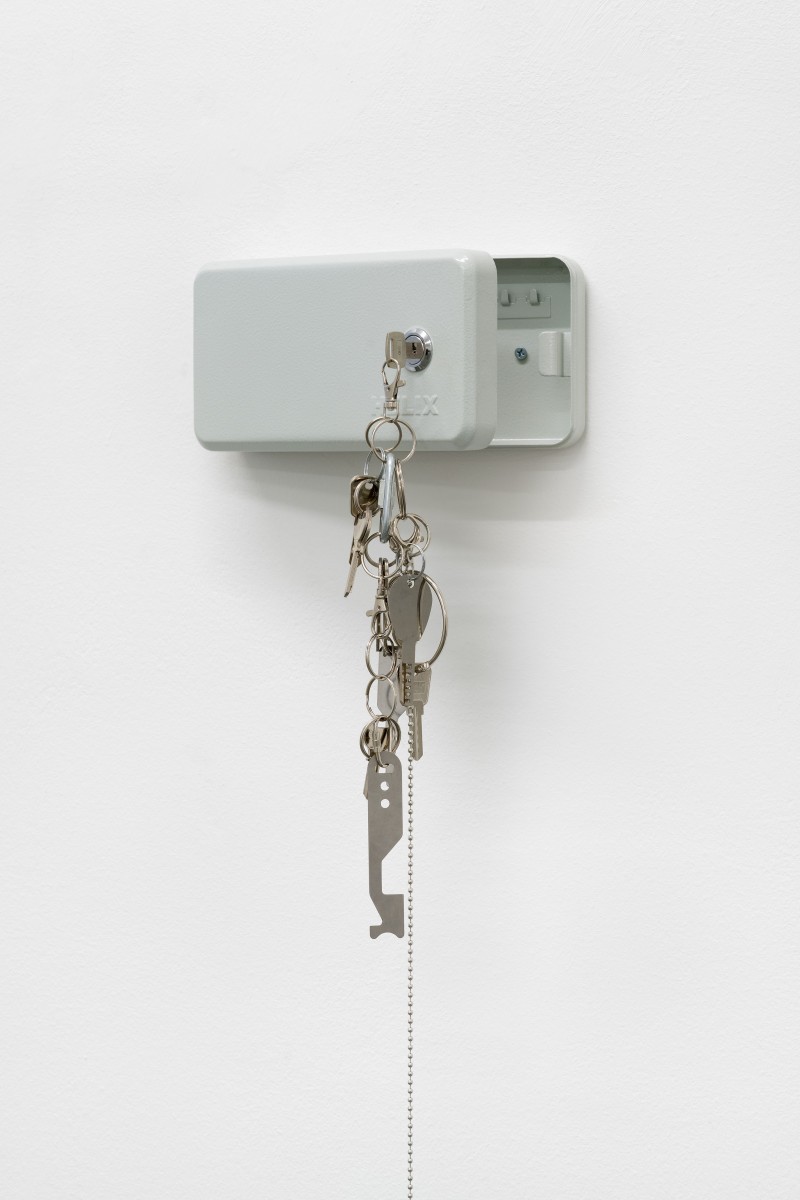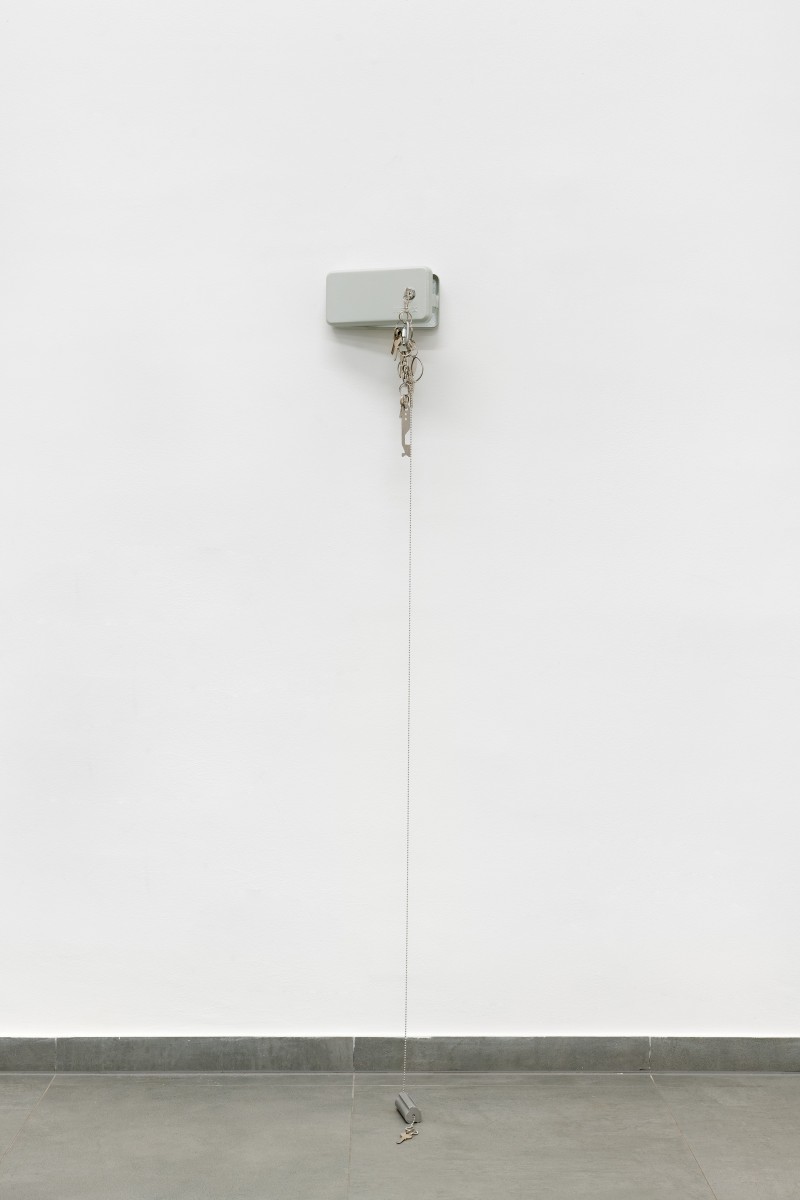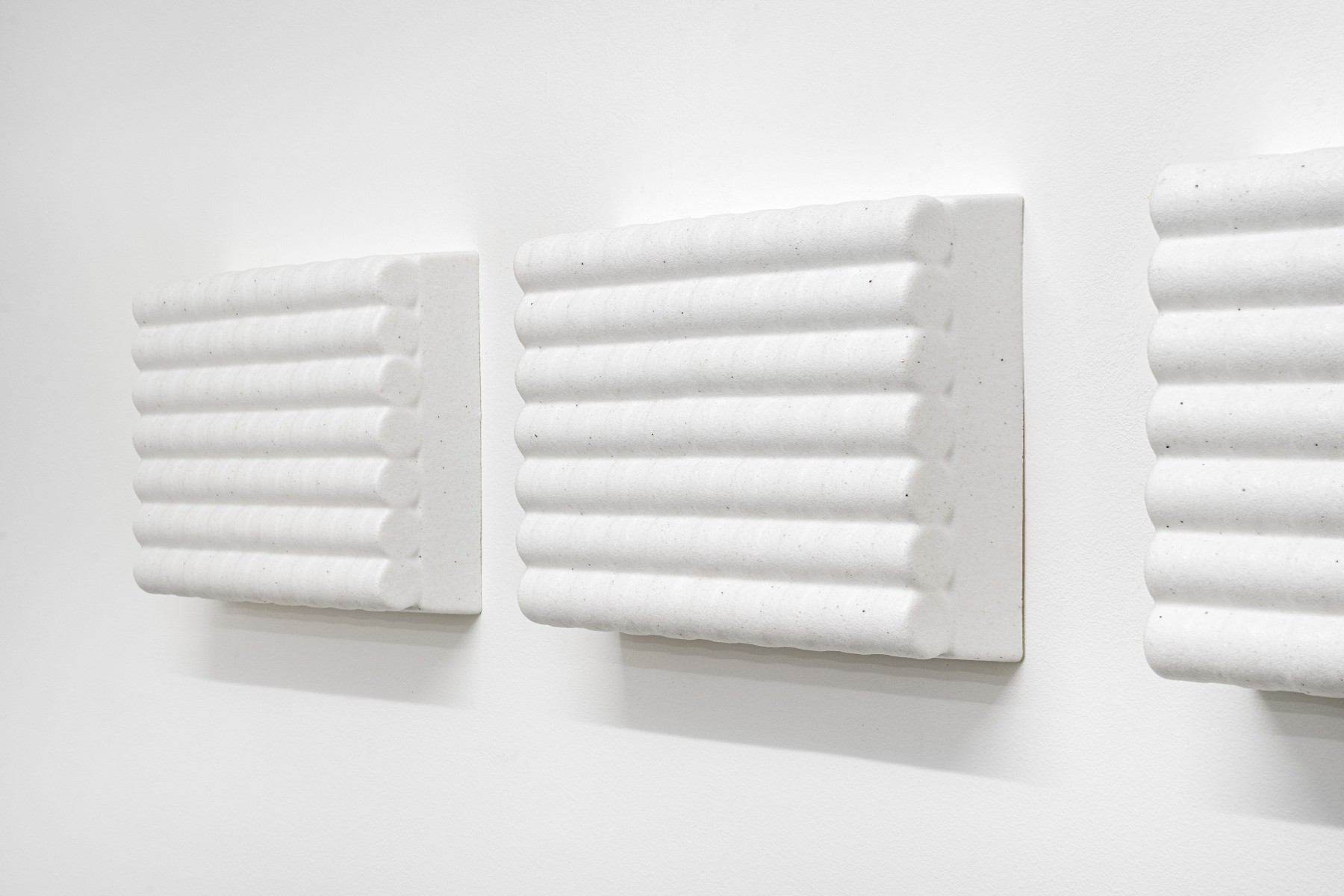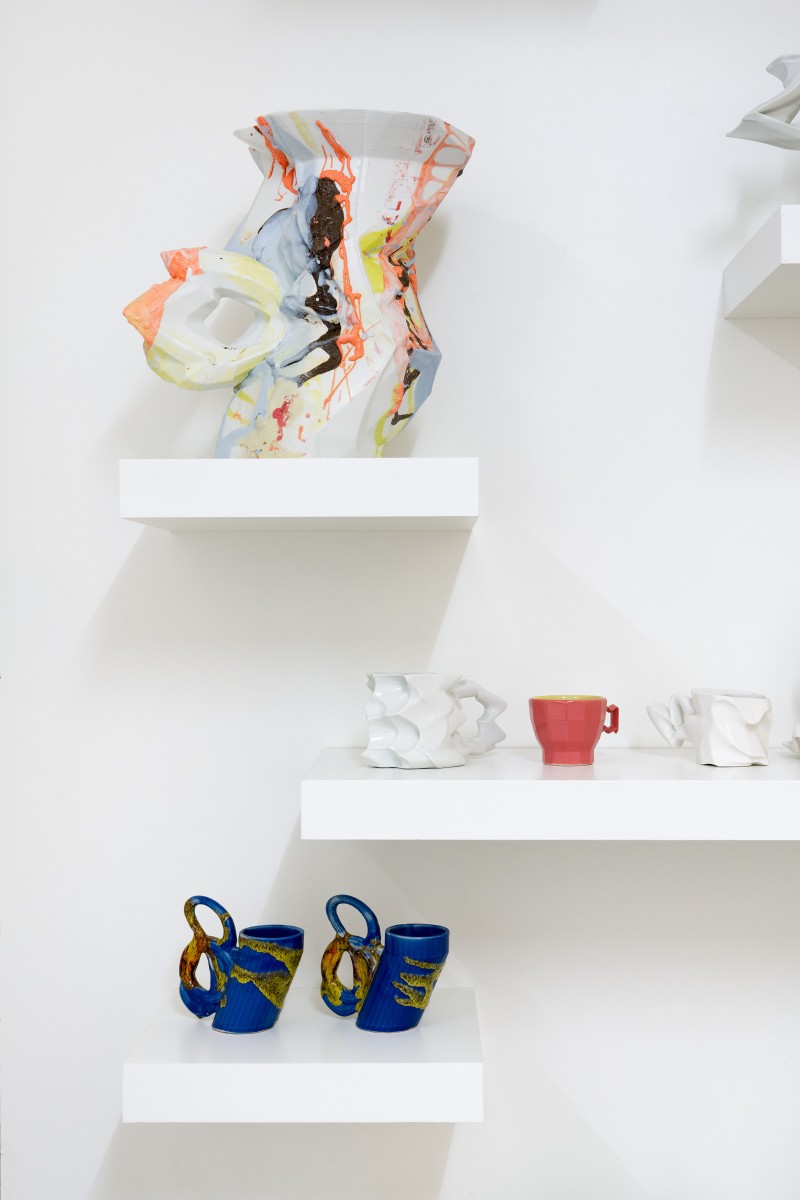Incomplete Works: From the Fragment on Display to the Display of Fragments
Opening days Friday 05.09| 11am - 9pm; Saturday 06.09| 11am - 6pm; Sunday 07.09| 11am - 6pm.
General Opening Hours 09.09. - 18.10.2025; Wednesday - Friday 12pm - 6pm; Saturday 12pm - 4pm.
Click here to listen Marie Griffay on fragments and the upcoming exhibition at VIN VIN
In 1821, the Venus de Milo made a spectacular entrance at the Louvre. With its obvious, disarming sensuality, the goddess was exhibited without arms, in a fragmented state, thus overwhelming our conception of beauty. In 1970, Auguste Rodin’s The Thinker, located outside the Cleveland Museum of Art, was “amputated” when a bomb exploded at its base. The museum decided to leave the work in its fragmented state. In 2010, the fragment of a sculpture by Emy Roeder, which had been exhibited in the Entartete Kunst exhibition of vilified or degenerate art in Munich in 1937 and then buried in the rubble of a bombing raid of 1944, was rediscovered during archaeological excavations. The head of Roeder’s Pregnant Woman has since been exhibited without its body, which was irretrievably destroyed. These three examples speak of a subjective choice of behalf of museums to exhibit destroyed or broken works after the death of their creators, thereby constructing new narratives. From the collective decision to maintain these works in their post-accident state, riddled with wounds, flaws, and missing segments, a new story is born, one of transformation and resilience. Displayed in all their vulnerability, the fragmentary works are profoundly human. In contrast to these institutional subjectivities, the exhibition entitled Incomplete Works: From the Fragment on Display to the Display of Fragments presents the works of artists inspired by this aesthetic of debris, who create by selecting or sublimating fragments.
For over five years, Ouassila Arras has been moving a cinder block wall on her own to the exhibition spaces that have invited her, for as many days as the room’s dimensions allow. The performance she undertakes is immense, difficult, repetitive. Yet, it is merely a fragment of the physical efforts made by her Algerian father on French construction sites for over forty years. The mortar of the wall is replaced by henna—associated with her mother—whose tenacious, orange-coloured, and fragrant imprint traces the map of the successive movements of this border on the ground. For the first time, Ouassila Arras has chosen to hang fragments of this stained floor on the wall, thus creating a kind of unique shift or movement. On the gallery floor, rusty concrete tiles, the same size as the cobblestones on certain Viennese streets, are meant to be walked on by visitors. Moving around the hushed space of the gallery, which we initially imagine to be free and easy, is radically transformed as the sculpture gives way beneath our feet and stability leads to vertigo.
The sculptures in Kevin Hunt’s COUNSEL series borrow their form from discreet architectural details: the curved ornaments present on some of the facades of Modernist buildings constructed in England after the Second World War. Hidden in plain sight, these reinterpreted fragments are exhibited by Kevin Hunt in an attempt to question the place of ornamentation in architectural structures, and subsequently, the place of the margin in normative cities. In resonance with this series, Kevin Hunt also presents Lowkey, sculpture-keyrings whose forms echo those of the outdoor swimming pool and cinema planned for the town of Speke, on the outskirts of Liverpool—where the artist grew up—but never built. The abandoned construction of these leisure facilities, as well as a hospital, highlights the shift from a utopian project for an autonomous peripheral city—based on the model of garden cities—to the model of a dormitory town.
Octave Rimbert-Rivière has devoted himself to ceramics for over ten years. Starting out as an uninhibited, self-taught experiment, his adventure with the material has become more refined and professional. The forms have evolved: his sculptures have now been replaced by vases, cups, and teapots that skilfully reconfigure the relationship between art and craft. He models his objects using software that he exhausts until he achieves unexpected deformations, usually absent from 3D modelled computer images. The pieces are then made from mass-dyed porcelain and enamelled in such a way as to deliberately alter their surface, once again breaking the visual continuity of their initial form. By privileging neither art nor craftsmanship, and by subverting digital design tools and artisanal handmade techniques, Octave Rimbert-Rivière creates hybrid, uneven sculpture-objects that reveal the tension between the virtual and material worlds.
The exhibition, itself subject to the impossibility of bringing together an exhaustive set of works on the theme of the festival Curated by… - Fragmented Subjectivity -, is necessarily incomplete. In addition to the Venus de Milo, Roeder’s Pregnant Woman, The Thinker by Rodin—and its indispensable corollary that is the film Nightlife by Cyprien Gaillard—Lisbon could also have been presented here. The latter is a photograph from the MAMCO Collection taken in 1991 by readymades belong to everyone / Marc Blondeau / Philippe Thomas in a tribute to the Portuguese poet Fernando Pessoa and his hundred or so heteronyms. Also featured in the exhibition, is a book by Daniel Bosser, Philippe Thomas declines his identity,which invites us to delve into the multiple subjectivities of a fragmented work.
- Marie Griffay, 2025; english translation by Emma Lingwood.
OUASSILA ARRAS
In her artistic work, Ouassila Arras questions cultures of memory, biographies and narrative structures and illustrates accesses to and exclusions from society. Ouassila often works with everyday objects and natural materials that, due to their transformability, bring life into the exhibition space and can be read as a metaphor for biographies that gain little access to the Western and European canon or are largely silenced by the enormous pressure to integrate into societies. She is mainly concerned with the subliminal information that objects and metaphorically people carry with them and embody when they inhabit places. Ouassila traces the threads of fragmented life stories, especially of people whose voices are missing from textbooks and archives.
KEVIN HUNT
Growing up on a council estate at the edge of Liverpool, British artist Kevin Hunt (b. 1983) draws from personal experiences and memories navigating lower-class architecture primarily designed by and for heterosexual, cisgendered individuals. Often incorporating the materials, forms and language that surrounded him during his formative teenage years, he makes sculpture - which is often functional - from a queer and working class perspective. He is an artist with a sculptural practice, independent curator and lecturer based in Liverpool. He was a director of The Royal Standard, an artist-led gallery, studios and social workspace in the city (2007-11), co-founded CAVE, an artist-led art fair that coincided with the opening of Liverpool Biennial (2012) and co-curated MODEL, a flexible, experimental research based platform for artist-led activity programmed to run concurrently with Liverpool Biennial (2014).
OCTAVE RIMBERT - RIVIÈRE
Octave Rimbert-Rivière (La Seyne sur Mer, France, 1988, lives and works in Amsterdam) has developed a practice that fuses ceramics, digital processes, and tactile craft. His works originate in digital modelling, where glitches and distortions become archetypal forms. These are then translated into porcelain, glass, or stoneware, shaped by hand and fired until their surfaces crack, ooze, or bubble — alive with matter’s resistance. The function of these objects liberates them from pedestals, allowing them to escape the exhibition space and irrigate daily life.
Marie Griffay Based in France, Marie Griffay has worked for fifteen years for contemporary art collections as curator and director. Working closely with artists allows her to connect artworks from different time frame and focusing on the context for each new exhibition. As an art historian, she writes and teaches.
